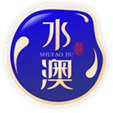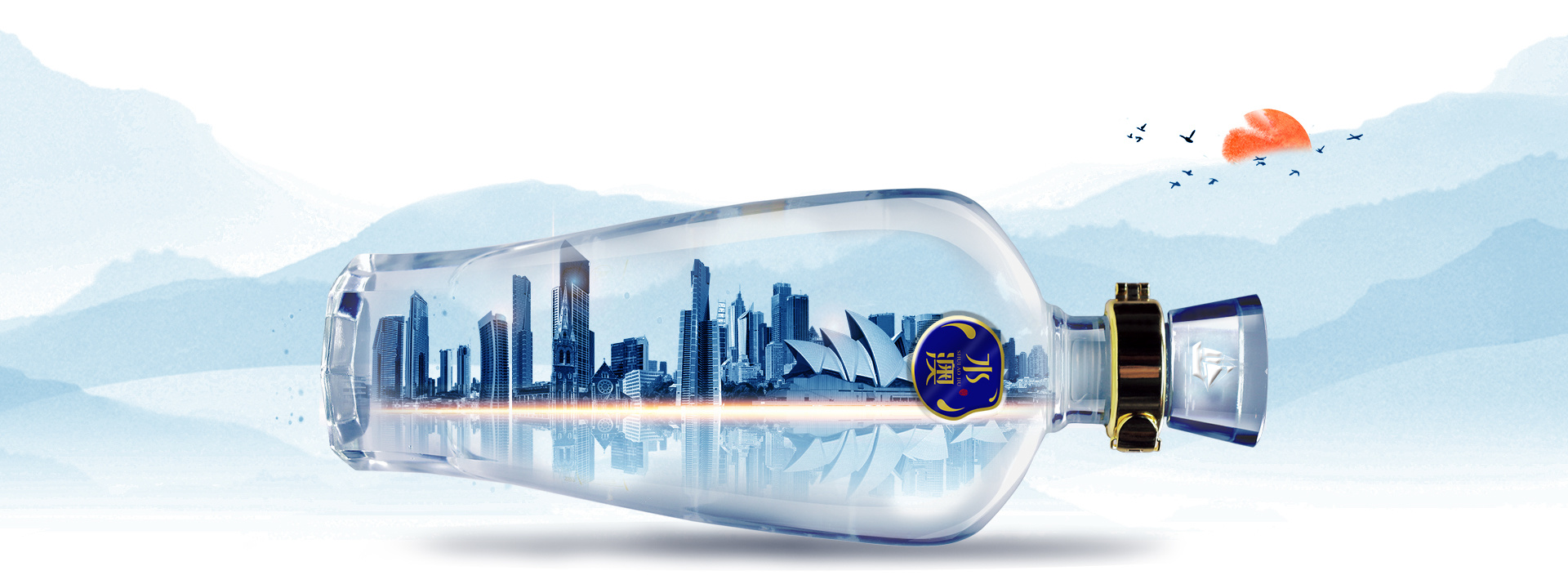Wine Knowledge | Decrypt the strong fragrance process code and enter the strong aroma liquor with a high market share
2022-03-16
Among the twelve aromatic types of liquor, the fragrant liquor is one of the typical representatives of the inheritance of traditional liquor brewing technology in China, which is made of grain and grain as the material, the use of fragrant Daqu as the saccharified starter culture, and the solid fermentation in the mud cellar, solid distillation, aging, and blending, without directly or directly increasing edible alcohol and non-self-fermentation occurs of the color and aroma of the liquor. (GB/T15109-2021)
A general overview of aromatic liquor
In 1979, at the third national wine appraisal meeting, the aroma type was distinguished for the first time, and the "Lu type wine" was named "strong aroma type". Generally, strong aromatic wines are mostly in Sichuan Province and East China. From the perspective of winemaking materials, multi-grain fragrant liquor and single-grain fragrant liquor; From the process point of view, it can be roughly divided into three categories: the type of running cellar method represented by Sichuan wine, the original cellar method process type, and the old five-way process type represented by Su, Lu, Anhui and Yu.
The characteristics of multi-grain aromatic liquor and the running cellar method
Yibin, the wine capital, is famous for its multi-grain fragrant liquor, most of which use the running cellar method to brew liquor, and Wuliangye wine is a typical representative of the running cellar method process and multi-grain fragrant liquor.
Multi-grain fragrant liquor, wangwen Shengyi, that is, in the brewing process, a variety of grains are selected for steaming and fermentation, the brewing material is sorghum, rice, glutinous rice, wheat, corn five kinds of grains, saccharified starter culture is "Baobao koji", the selection of "mud cellar solid fermentation, running cellar cycle, continuous fermentation; Layering badly, layering into the cellar; Raw wine is prepared according to the brewing process of "quality and altar", and then through storage, blending, aging, testing, packaging and other processes, the wine body is full and reflects the unique, typical and elegant sensory style characteristics and typical personality.
The running cellar method process is also known as the running cellar layered distillation process. The main feature of the running cellar method is "running", and the waste of one cellar is loaded into another cellar (the prepared empty cellar) when fermenting, and the extracted fermentation residue is not placed in the pile dam, but is taken out one by one for layered distillation. Since there is no pile dam in the running cellar, the fermentation residue in the cellar is steamed into the cellar, which naturally constitutes layered distillation, so the running cellar method is a special process operation method.
Characteristics of single-grain fragrant liquor and original cellar process
The wine city of Luzhou is famous for its single-aroma liquor, with Luzhou Old Cellar as a typical representative. Single-grain fragrant liquor is mainly named because only sorghum is added to the mixed steaming and firing process during brewing. (It is not that the entire brewing process only needs one grain as the brewing material, and its saccharification starter culture still uses wheat and other cereals)
In terms of process, similar to the running cellar process, the continuous ingredients, mud cellar solid fermentation, mixed steaming and firing, solid distillation in barrels, head and tail removal, quantitative and quality wine picking and other processes are still selected, and then stored in the original and carefully blended, so that the wine body reflects unique, comfortable and elegant sensory characteristics.
Compared with the running cellar process, the original cellar process emphasizes the "original cellar", that is, the waste of a cellar is still loaded into the original cellar for the next round of fermentation after distilling in layers, so a larger "pile dam" is required to pile up in layers, so the "original cellar method" is also known as the "original cellar layered piling method".
Manufacturers who choose this process type to produce fragrant Daqu wine, the famous Luzhou Old Cellar, Chengdu Quanxing Daqu Wine, etc., in addition to the bottom trough and noodle residue, each layer of the residue is mixed and distilled, and the waste after spreading the koji is still returned to the original cellar for fermentation.
Mixed firing of the old five-kung method process
The mixed roasting of Lao Wuji method is a typical production process of famous and high-quality fragrant Daqu wine produced in Su, Anhui, Lu, Yu and other provinces.
The mixed firing process is that the material and the fragrant paste out of the cellar are distilled and steamed and gelatinized together in the same kiln, and there are four fermentation materials in the cellar, namely large residue, two slag, small residue and back residue. The fermentation residue is released from the cellar to participate in the distillation of the new material dividends, during which the four seeds are fermented in the cellar, and the other is lost.
What can greatly reflect the uniqueness of the brewing process of fragrant Daqu wine is also "solid fermentation in the mud cellar, continuous waste (or ballast) ingredients, mixed steaming and burning".
"Mud cellar": refers to a cellar made of mud. In addition to being used as a fermentation vessel for storing liquor mash, the mud cellar is also closely related to the formation of various aromatic substances in the aromatic Daqu wine.
"Ingredients for continued residue": refers to the addition of a certain amount of new brewing material and a certain number of filling accessories in the original cellar waste, and stirred to cook. This is done after each round of fermentation. This cycle constitutes a "10,000-year-old waste" unique to the fragrant Daqu wine.
"Mixed distillation and mixed firing": refers to the participation of materials and auxiliary materials in proportion in the lees to be distilled to extract alcohol, and the materials are loaded into the barrel after manual operation, first slowly distilled to extract wine, and then increased the heat to further gelatinize the material.
Related news


